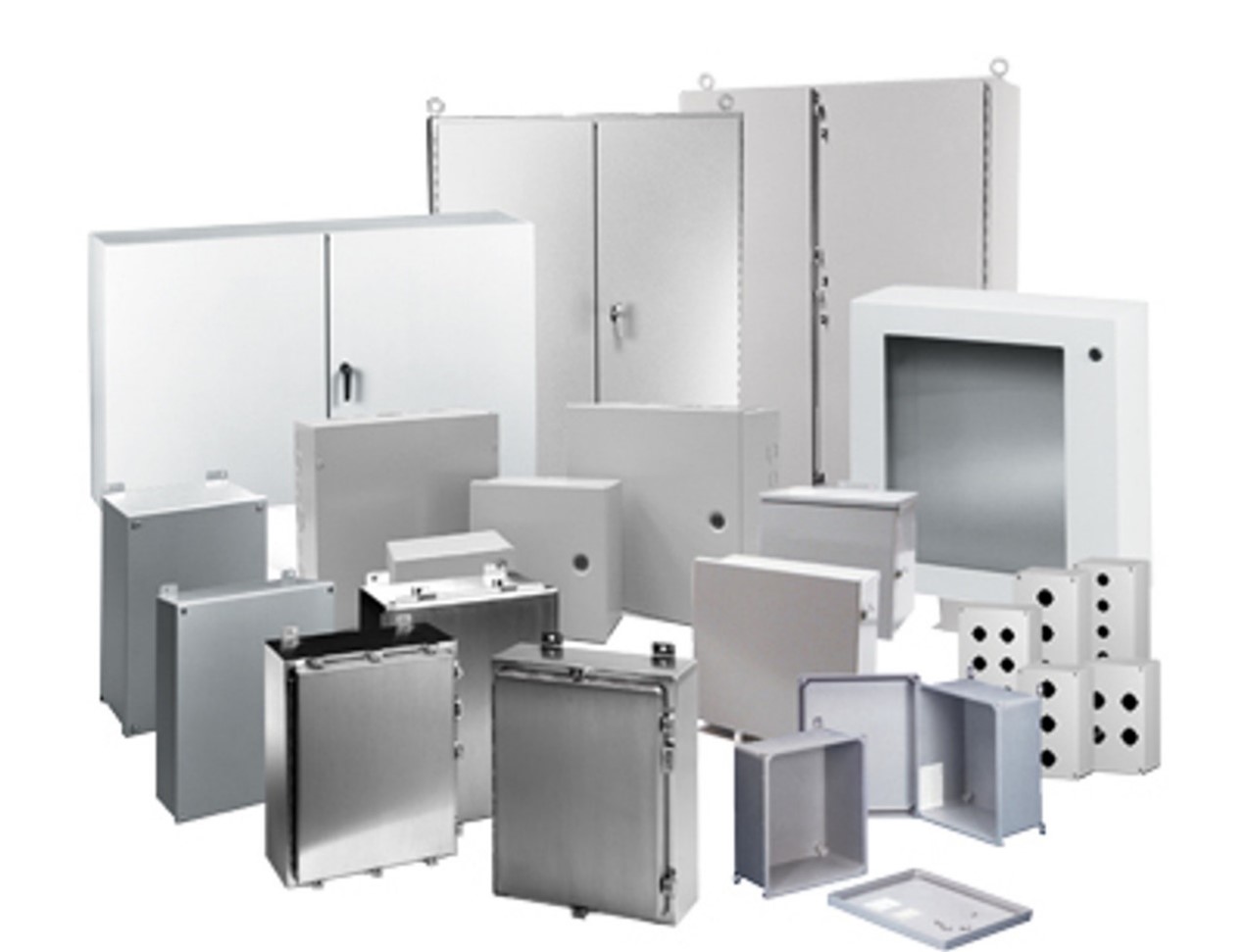Pressure switch vs pressure sensor, both are common pressure measurement components in the field of industrial automation. They have significant differences in working principles, output signals, application ranges, etc.

Pressure switch vs pressure transducer in Functions
Pressure Transducer
A pressure transducer, often referred to as a pressure transmitter, is designed to convert pressure into an analog electrical signal. This continuous output allows for real-time monitoring and control of pressure levels. Pressure transducers are typically integrated with controllers that process the signal and respond accordingly, making them essential for applications requiring precise pressure management.
Pressure Switch
In contrast, a pressure switch operates as a simpler device that triggers at a specific set pressure. Much like a light switch, it functions with an on/off mechanism, opening or closing a circuit when the pressure reaches predetermined thresholds. This means that a pressure switch does not provide a continuous output, limiting its functionality to basic pressure detection and circuit control.
Pressure switch vs pressure transducer in Output Signals
The output signals of pressure transducers and switches differ significantly:
Pressure Transducer: Delivers a continuous analog signal that varies proportionally with the pressure being measured. This allows for detailed monitoring and precise control over systems.
Pressure Switch: Outputs a binary signal, either on or off, depending on whether the pressure has reached the set point. This simplicity makes pressure switches easy to use but limits their application in scenarios that require detailed pressure data.
Pressure switch vs pressure transducer in Accuracy
Accuracy is a crucial factor in pressure measurement:
Pressure Transducer: Typically offers higher accuracy and precision, making it suitable for applications where minor pressure variations can have significant implications. High-quality transducers can provide readings with accuracies of ±0.5% to ±1% of the full scale.
Pressure Switch: Generally, pressure switches have lower accuracy due to their binary nature and less sophisticated technology. Their primary function is to detect whether the pressure is above or below a specific threshold, rather than to measure it precisely.
Pressure switch vs pressure transducer in Applications

Pressure Transducer Applications
- Energy Conservation: In modern energy management, pressure transducers play a crucial role in portable and stationary weather stations, wind energy systems, and other renewable energy facilities. By monitoring atmospheric pressure and environmental conditions in real-time, these systems can automatically adjust their operation to enhance energy efficiency. For example, in wind energy systems, pressure transducers help optimize turbine performance, ensuring they operate at peak efficiency while reducing energy consumption.
- Automotive Applications: In the automotive industry, the performance of hydraulic braking systems is directly tied to driving safety. Pressure transducers are used to monitor hydraulic pressure within the braking system, ensuring sufficient braking force at critical moments. If pressure drops below safe levels, the transducer alerts the driver or communicates with the vehicle’s electronic control unit (ECU), activating other safety mechanisms to prevent potential accidents.
- Medical Applications: The demand for pressure transducers in the medical field is particularly stringent. For example, infusion pumps utilize pressure transducers to monitor the pressure of fluid delivery, ensuring that medications are administered at the correct rate. If the transducer detects abnormal pressure (such as a blockage in the line or a leak), the system automatically adjusts the flow rate or triggers an alarm, ensuring patient safety and medication efficacy.

Pressure Switch Applications
- System Protection: In many industrial applications, pressure switches are used to prevent equipment overload or overpressure. For example, in pumping systems, a pressure switch can monitor the outlet pressure of a pump; if the pressure exceeds a set threshold, the switch automatically shuts down the pump to prevent damage. This protective mechanism is especially critical in the chemical and pharmaceutical industries, helping to reduce equipment failure risks and safeguard worker safety.
- Simple Control Systems: Pressure switches are commonly found in water pumps and HVAC (heating, ventilation, and air conditioning) systems. When the pressure in a water pump reaches a preset level, the pressure switch can activate or deactivate the pump to ensure optimal system performance. Similarly, in HVAC systems, pressure switches can control fan operation, ensuring effective and energy-efficient system functioning.
- Household Appliances: In household appliances, pressure switches are widely used in devices like washing machines and dishwashers. These appliances use pressure switches to detect water levels, ensuring they operate at appropriate water levels for optimal cleaning performance while minimizing water waste.
- Fire Protection Systems: pressure switches monitor water pressure to ensure that firefighting systems function properly in emergencies. When water pressure falls below a set value, the pressure switch can trigger an alarm or activate backup water sources to ensure the effectiveness of the firefighting system.

In summary, although both pressure switches and pressure sensors can measure pressure, their functions, output signals, accuracy levels and applications vary. Pressure sensors provide continuous, accurate readings suitable for complex monitoring systems, while pressure switches provide simple switching functions suitable for basic pressure detection and control. Understanding these differences is essential to selecting the right device to meet the needs of a specific application, ensuring optimal performance and safety in a variety of industries.






